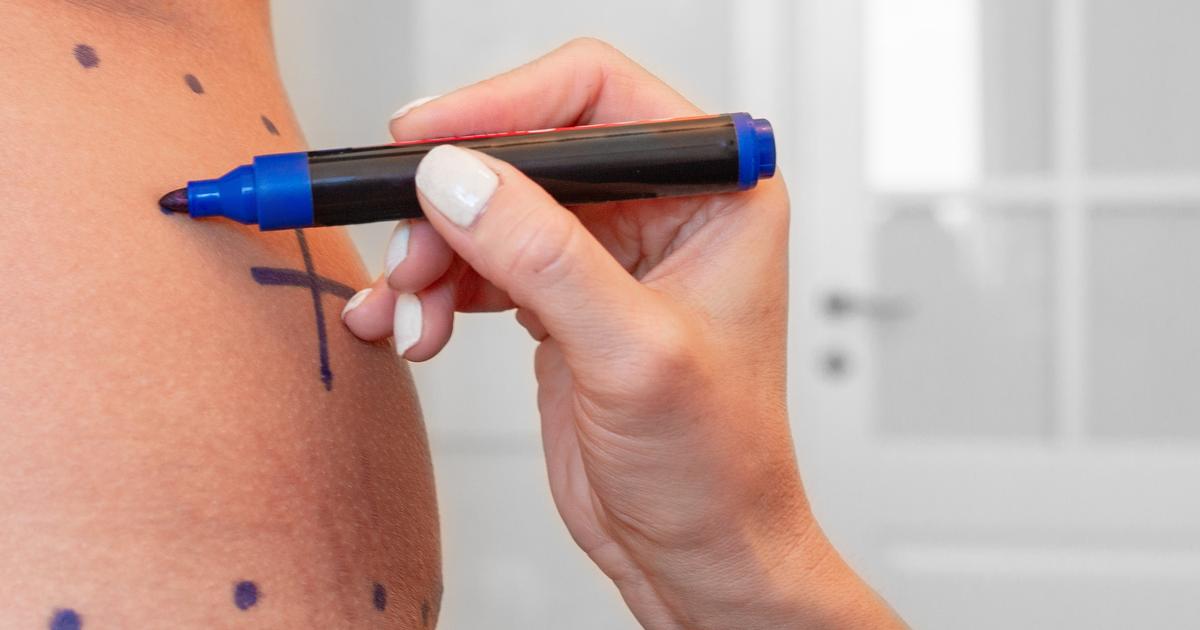What Causes Fat Embolism Syndrome?
Fat embolism syndrome is a serious condition that can occur when a segment of intravascular fat becomes stuck inside an individual's blood vessel and obstructs the flow of blood to certain areas of the body. Symptoms of fat embolism syndrome include shortness of breath, lethargy, petechial rash, anemia, rapid breathing, mental confusion, fever, and coma. Severe inflammation, neurological alterations, and multi-organ dysfunction can also occur in fat embolism syndrome patients. There is no established diagnostic test for this condition, so diagnosis is typically made based on a physical examination, Gurd's criteria, and medical history. Supportive care is the focus of fat embolism syndrome treatment and includes interventions such as supportive oxygen therapy, medication to increase blood volume, steroids, blood thinners, and intravenous fluids. This type of therapy is provided to eliminate free fatty acids from the body that are causing tissue damage and inflammation.
But what causes fat embolism syndrome? Find out now.
Liposuction

Liposuction procedures can cause an individual to develop fat embolism syndrome as a result of their surgery. Liposuction is an elective cosmetic procedure involving the surgical removal of excess fat. Fat embolism syndrome caused by liposuction typically manifests between twelve and seventy-two hours following the procedure. This type of surgery involves the use of a hollow instrument in a back and forth motion to loosen and dislodge the targeted fat. Mechanically, this process causes widespread rupture and injury to small blood vessels feeding these fat tissues. It also damages cells in the connective tissues designed to store fat.
These two factors explain how micro fragments of fat can enter the affected individual's venous circulation. These micro fragments of fat are propelled in venous circulation to the lungs where blood is reoxygenated, causing damage to the lung tissues. Fat micro fragments can also enter into systemic circulation or circulation of blood from the heart to the rest of the body. Consequently, these fat fragments can cause embolization in the patient's retina, kidney, brain, and skin. The ensuing inflammatory process due to the damage done by fat emboli and the procedure itself contributes to many symptoms seen with fat embolism syndrome.
Uncover more potential causes of fat embolism syndrome now.